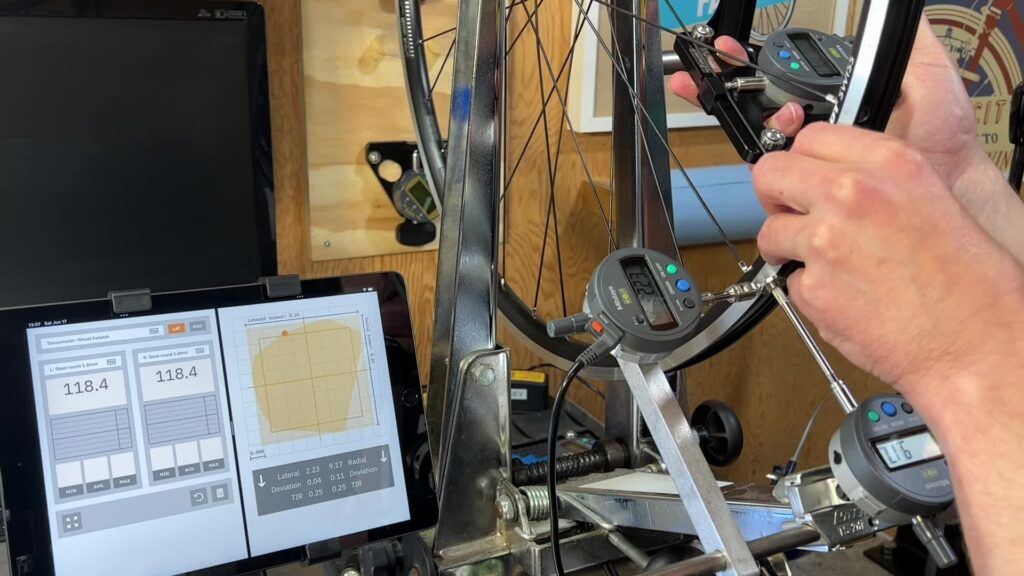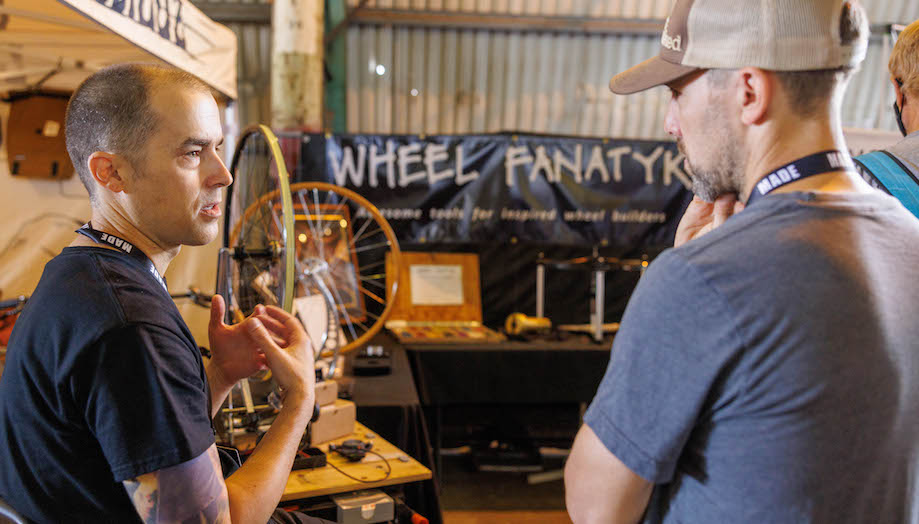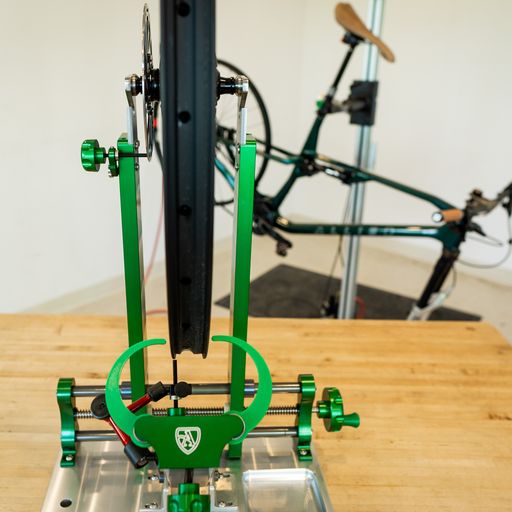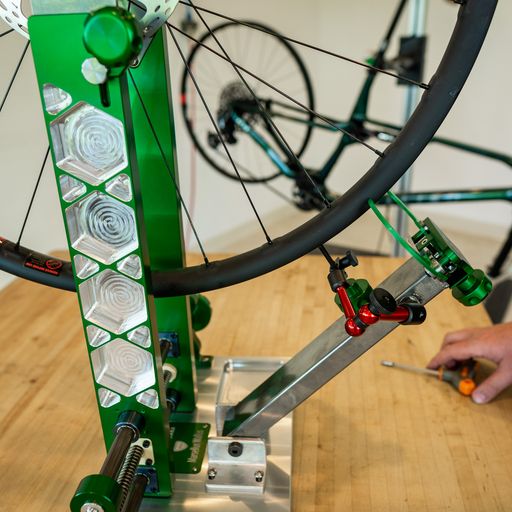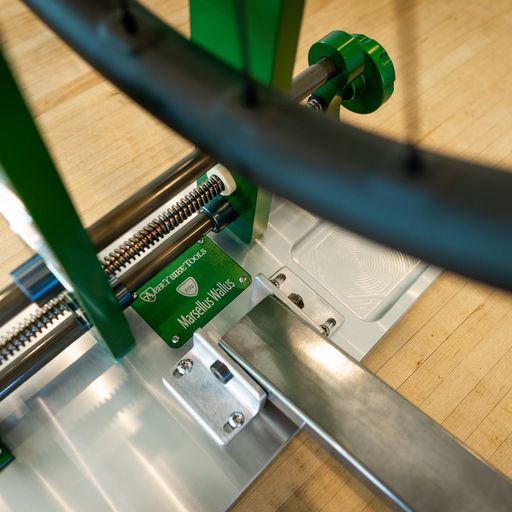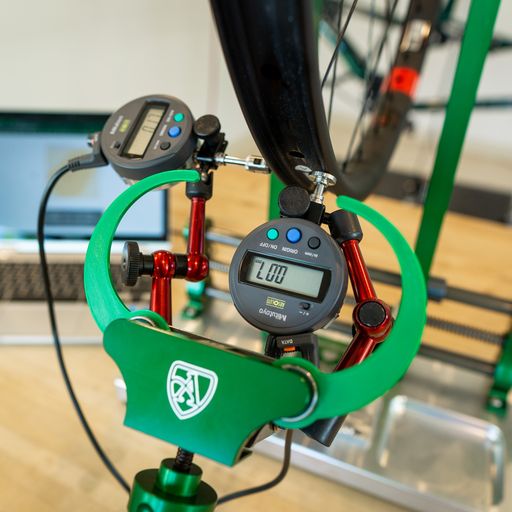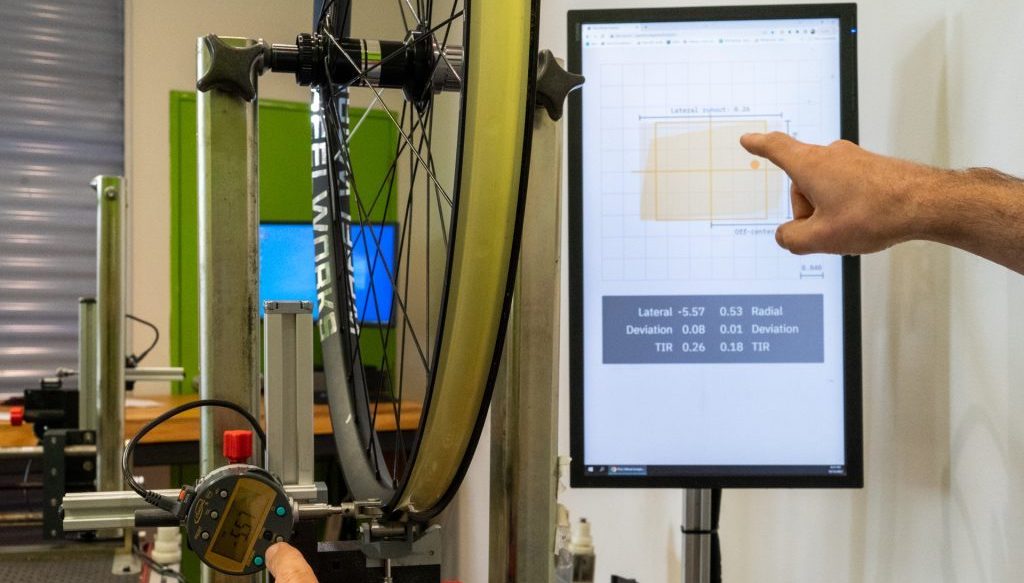New for 2024
December 26, 2023
Warranty
Islandix products have proven robust in the field with a failure rate approaching zero. From 2024 the warranty term on Islandix-manufactured products will be upgraded to three years! This change is retroactive, applying to past purchases. The warranty on accessories, including Mitutoyo, remains one year.
The Islandix warranty is (and has always been) a return-for-repair service. Parts, labor and one-way airmail with tracking are included. If Islandix is mission-critical in your workshop, consider owning an expansion kit since that will keep you going even if a controller is sent for repair.
Premium support
When you have multiple wheelbuilders at multiple workstations, time is money. Islandix strives to keep prices affordable so little is built into the price for service luxuries.
2024 introduces IslandixCare, a premium service plan for manufacturing environments. It adds telephone and videoconference options on top of standard email support; includes warranty upgrades like expedited cross-shipment of replacement parts; and extends the guarantee on all Islandix tools in your workshop to lifetime warranty for the duration of your subscription. IslandixCare is $69 CAD per month (approx. $50 USD, €45 EUR). Every Islandix tool includes 30 days of complimentary IslandixCare.
